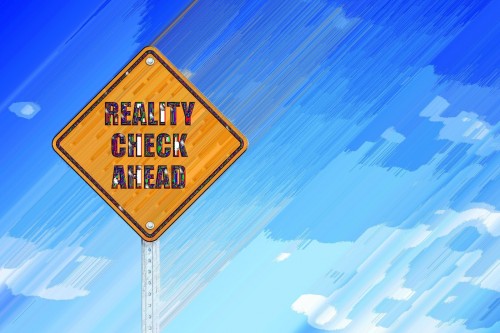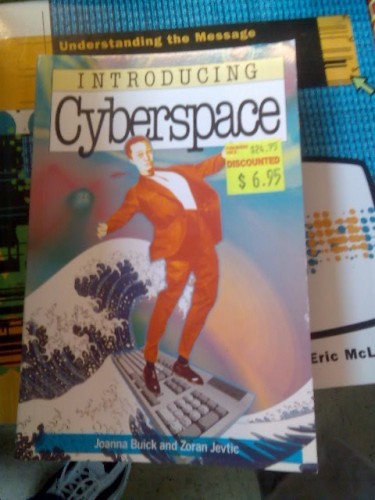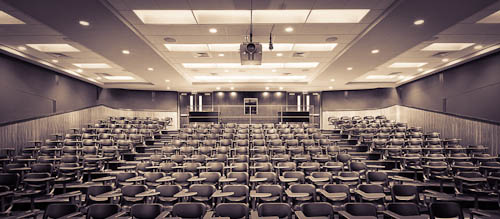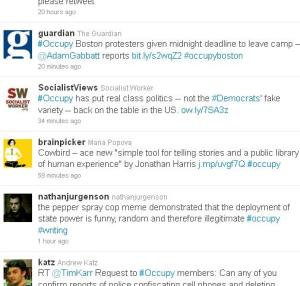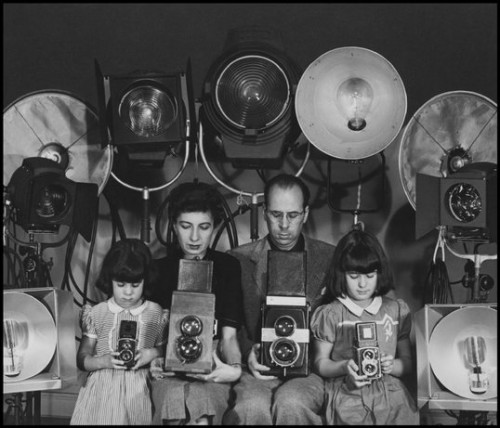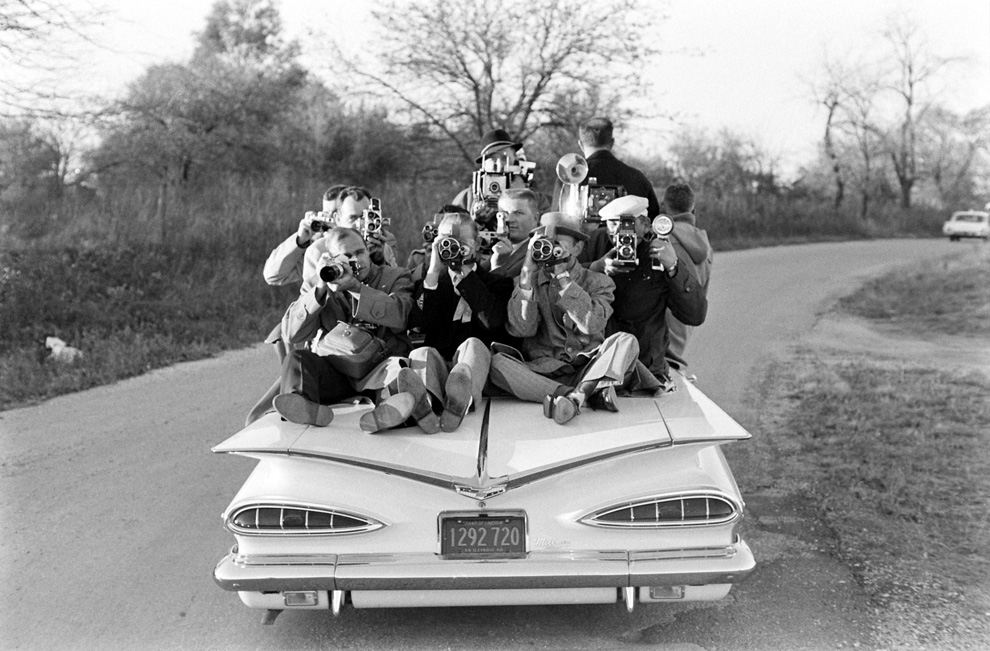
We have a two-month break from self-inflicted government crisis, so let’s use it to take a breather, assess the situation, and cast some shade on rich people. Not because it is cathartic (it is), or because it will prevent the next crisis (it won’t); rather, I think studying the contours of the government-shaped hole of the last three weeks can teach us something about how Silicon Valley views public ownership. This is important because we typically use metaphors[1] like “the commons” or “the public” to describe their products. These words imply a sense of trust, if not mutually assured disruption: sure a rich guy might own Twitter on paper but it becomes worthless if everyone stops treating it as a (if not the) center of daily life. What do the people that own these service/spaces think about the de facto collective ownership of their product? more...

